Recently, Hanoi has continuously recorded hazardous air quality, at times ranking second in the world in terms of pollution. Faced with increasingly serious air pollution in large cities, many practical solutions have been proposed by the Government, ministries and sectors with specific and synchronous roadmaps to ensure public health.
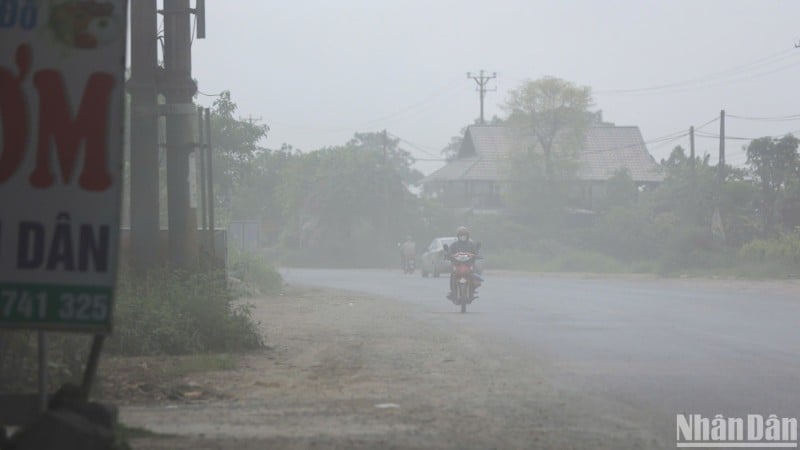
On July 14, the air monitoring system measured the AQI (air quality index) in Hanoi at 167, which is a red alert level, harmful to human health. The higher the AQI, the higher the level. air pollution The bigger. According to many experts in the environmental field, the main cause of air pollution in Hanoi is dust pollution, including PM10 dust and fine dust (PM2.5 and PM1). It is worth mentioning that the pollution level in the capital has always been at a high level in recent years.
According to the World Health Organization, air pollution not only causes respiratory diseases but also increases the risk of asthma, stroke, lung cancer. In addition, it also increases cardiovascular diseases and some skin and mucous membrane diseases, affecting the nervous system and immune system. People with weak immune systems such as the elderly and pregnant women are more affected.
Associate Professor, Dr. Nguyen Thi Lien Huong, Deputy Minister of Health said: “I have witnessed patients with chronic obstructive pulmonary disease after many years of living in an environment polluted with fine dust. Polluted air and patients exposed to fine dust for a long time will weaken the respiratory system, and over time it will penetrate deep into the body causing serious illness.
The World Health Organization has measured and recommended that the allowable fine dust ratio is below 12 micrograms/m3. But in recent times, the ratio has fine dust in Hanoi on heavily polluted days is very high, indicating that the level of illness will increase significantly. Increased illness will lead to increased costs for medical treatment, economic burden on people, affecting the country's socio-economic development.
According to Associate Professor, Dr. Vu Xuan Phu, Deputy Director of the Central Lung Hospital, many patients with lung cancer Currently being treated at the hospital, they have lived in an environment with air pollution for many years, exposed to a lot of fine dust, which is a very high risk factor leading to serious lung diseases. Ms. Pham Thi Minh Khoa (Hong Ha ward, Hanoi city) shared: "Despite living in a house on the street in the capital, my house always has to be closed and locked, except when necessary. The dust and smoke from vehicles on the road are constantly released, especially when there is a lot of traffic, it is unbearable. Just breathing in it makes the whole family cough, have difficulty breathing, and get sick all the time."
The main causes of air pollution include fine dust, smog from urban traffic, vehicles using substandard fossil fuels, construction activities, industrial production, civil activities, use of honeycomb coal stoves in daily life, business, burning straw, climate and weather factors, etc.
In recent times, our country has made efforts to improve the state of air pollution, but there are still many difficulties and challenges such as lack of resources to implement policies, lack of knowledge, scientific and technological skills, and lack of multi-sectoral linkages. The measures implemented in Vietnam are still scattered, not prioritized, and not really drastic. Therefore, to improve the air environment requires inter-sectoral and inter-regional coordination with the support of the entire political system, businesses, and the community.
In the draft National Action Plan on Pollution Remediation and Air Quality Management for the 2025-2030 period, the Ministry of Agriculture and Environment has set out plans, goals and specific targets to be achieved. The goal is to gradually overcome air pollution, especially in large cities; improve public health and promote green and sustainable economic development. Specifically, by 2030, the concentration of fine dust PM 2.5 must be reduced by at least 20% compared to the average level of 2024; control major sources of pollution such as industrial emissions, traffic and straw burning; build civilized urban areas, develop green spaces and strengthen communication and international cooperation. The Ministry of Health and the Ministry of Agriculture and Environment will closely coordinate in the process of implementing solutions.
Notably, in the face of serious environmental pollution in many localities, especially large cities, on July 12, Prime Minister Pham Minh Chinh signed and issued Directive No. 20/CT-TTg on a number of urgent and drastic tasks to prevent and resolve environmental pollution, including requiring Hanoi to develop a plan to ban motorbikes using fossil fuels in Ring Road 1 from July 2026.
The Prime Minister assigned the Ministry of Public Security to strengthen the situation control, review facilities and areas causing pollution nationwide to direct inspection, investigation, and strict handling of crimes and violations of environmental laws. Implement solutions and measures for organizations and individuals to convert their vehicles and routes so that by July 1, 2026, there will be no motorbikes and scooters using fossil fuels (gasoline and oil) circulating in Ring Road 1.
From January 1, 2028, there will be no motorbikes or scooters, and restrictions on personal cars using fossil fuels circulating in Ring Road 1 and Ring Road 2; from 2030, the implementation will continue to be expanded in Ring Road 3.
Regarding wastewater and solid waste treatment, the head of the Government requested the Hanoi People's Committee to develop a project to treat pollution in rivers, canals and streams in the inner city (quarter III/2025); establish a roadmap to relocate polluting production facilities out of residential areas by 2028; pilot the use of disposable plastic items in restaurants, hotels, eateries... located in Ring Road 1 (implemented from quarter IV/2025); prioritize investment in high-tech, modern waste treatment plants to reduce the landfill rate and prevent waste from accumulating and causing pollution.
Directive No. 20/CT-TTg is a strong step forward in the roadmap for green urbanization and air pollution reduction in Hanoi. This directive is strategic, not only to limit pollution in the center but also to promote the entire city to transform its means of transport and infrastructure.
Source: https://baolangson.vn/giam-ganh-nang-benh-tat-tu-o-nhiem-khong-khi-5053448.html


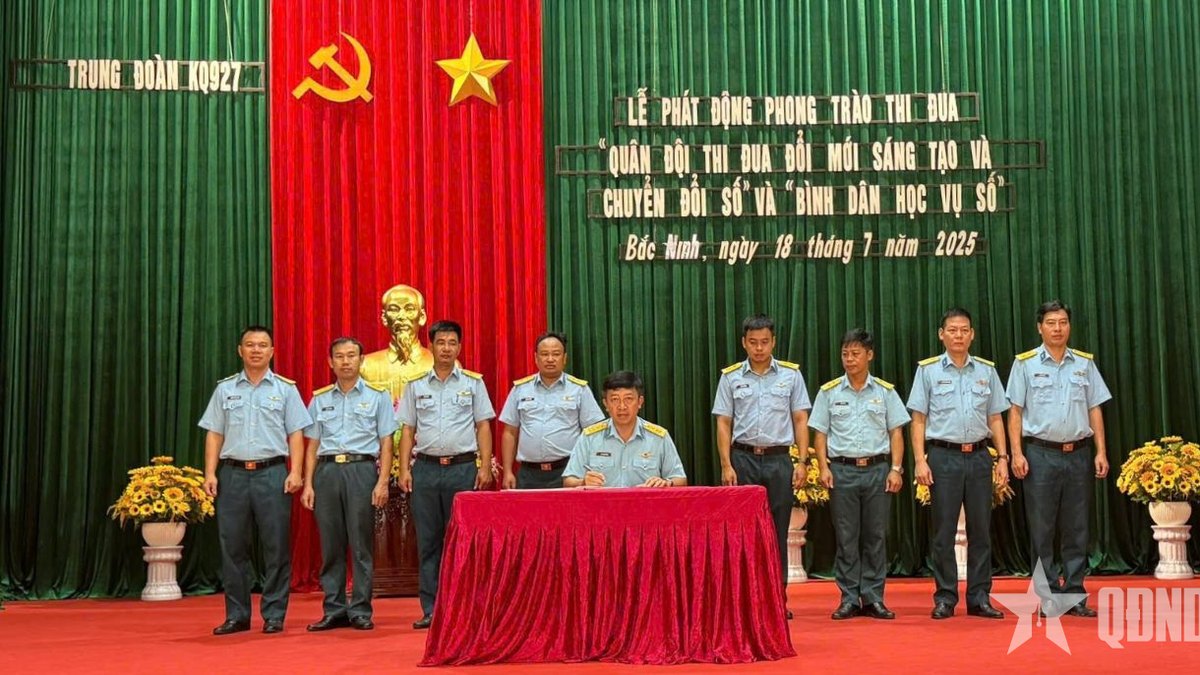
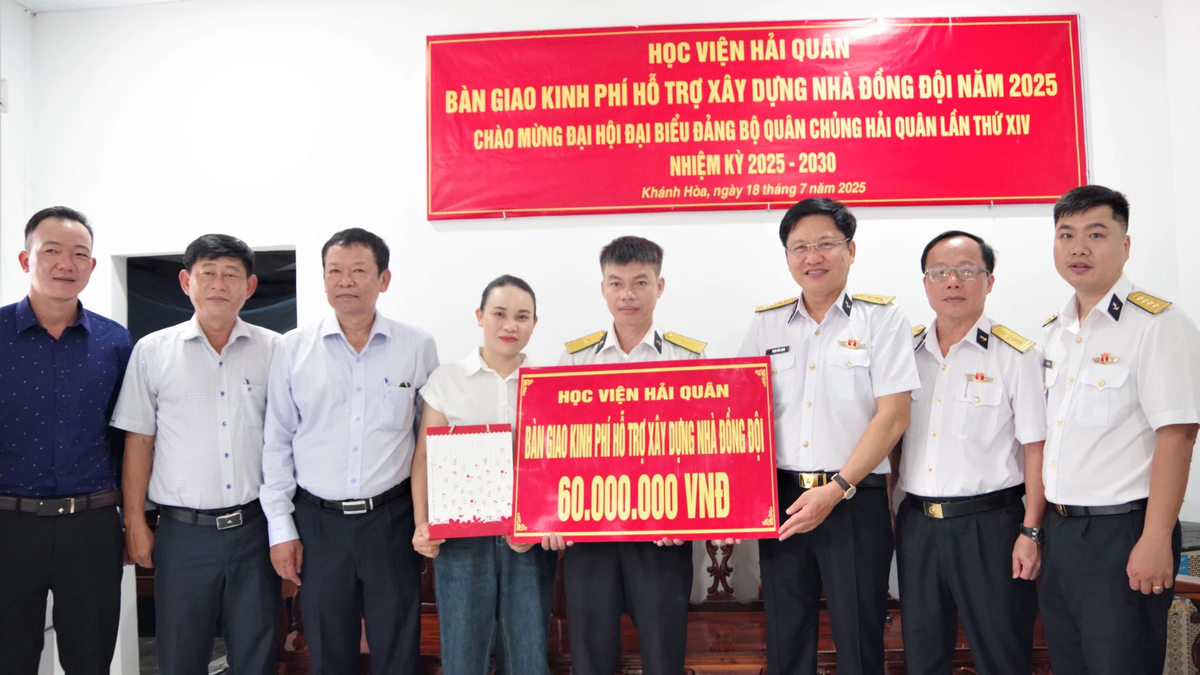
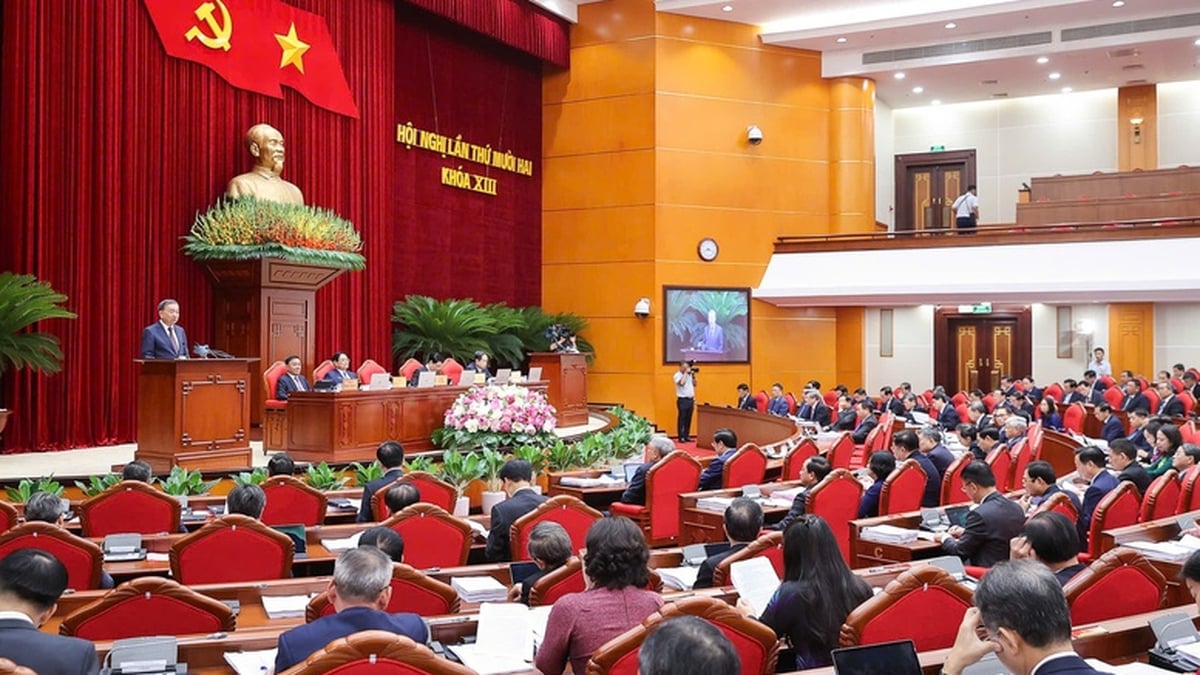
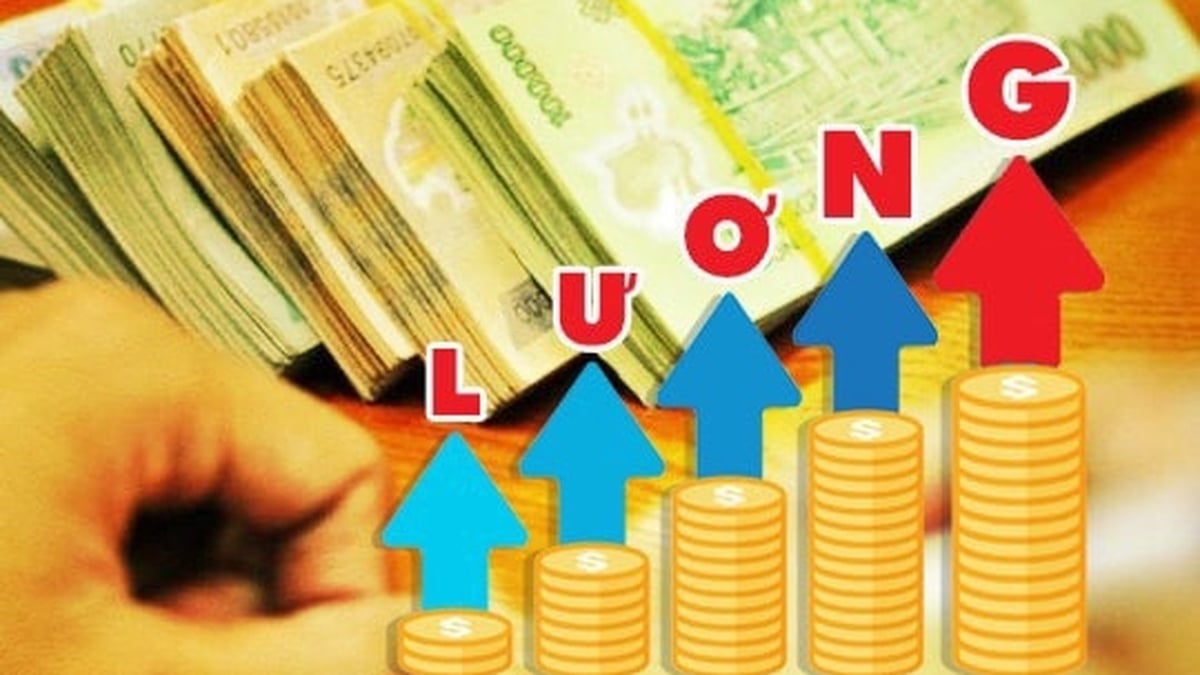

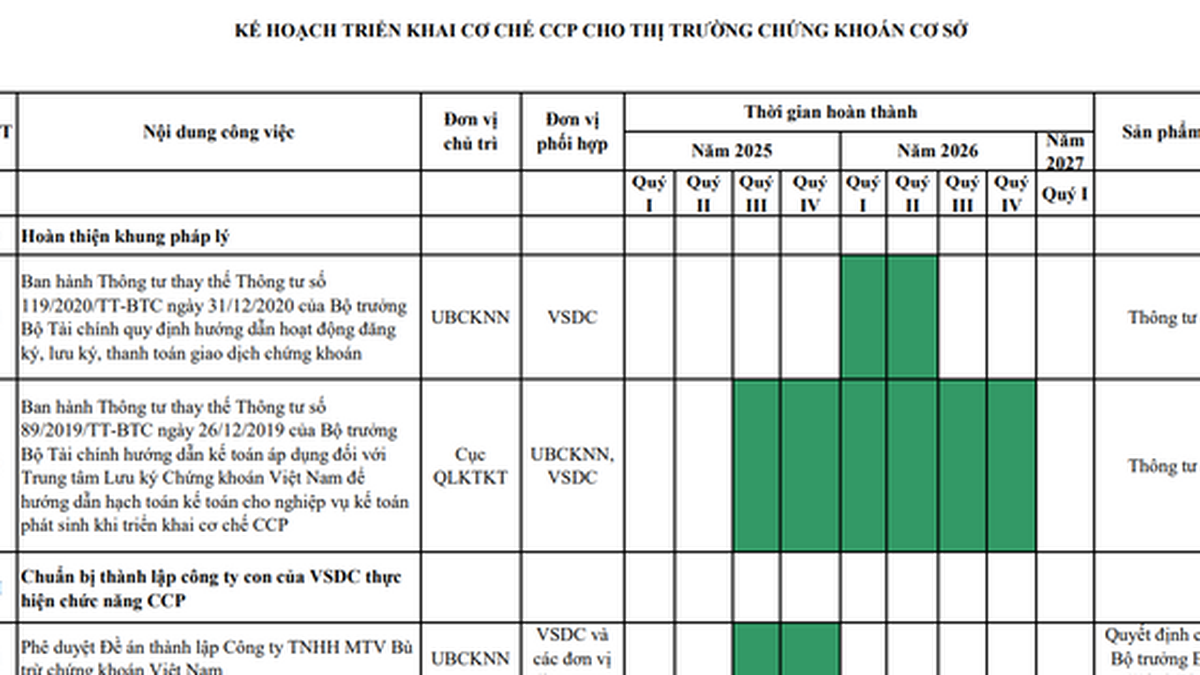
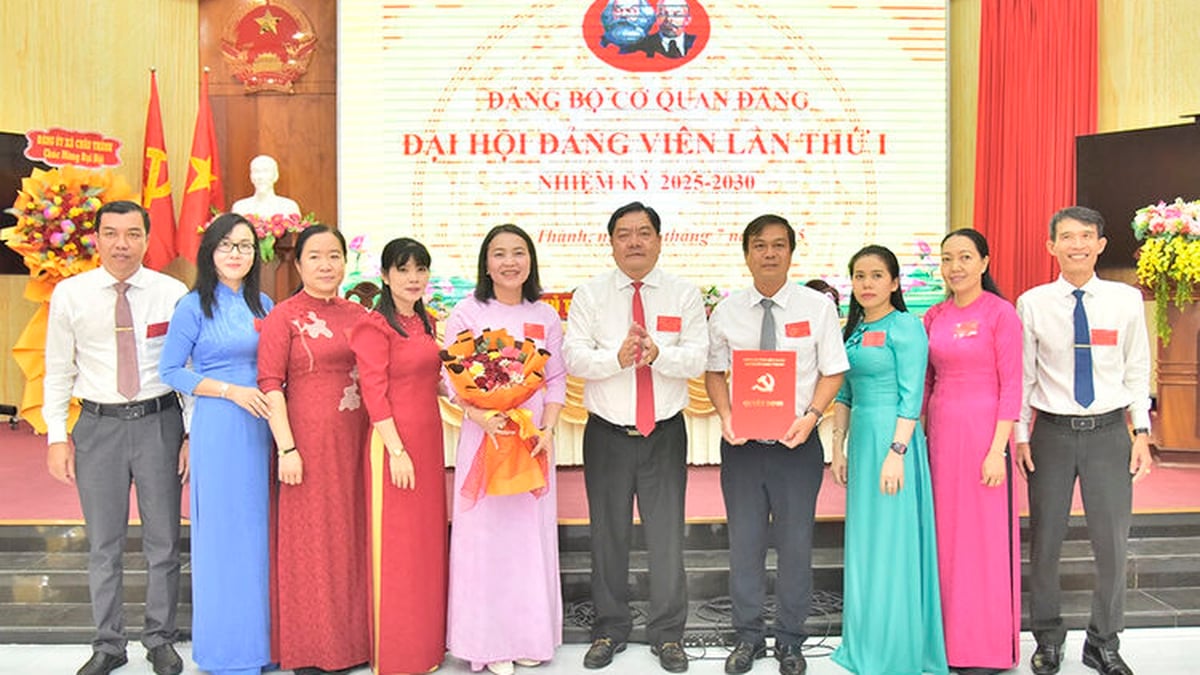
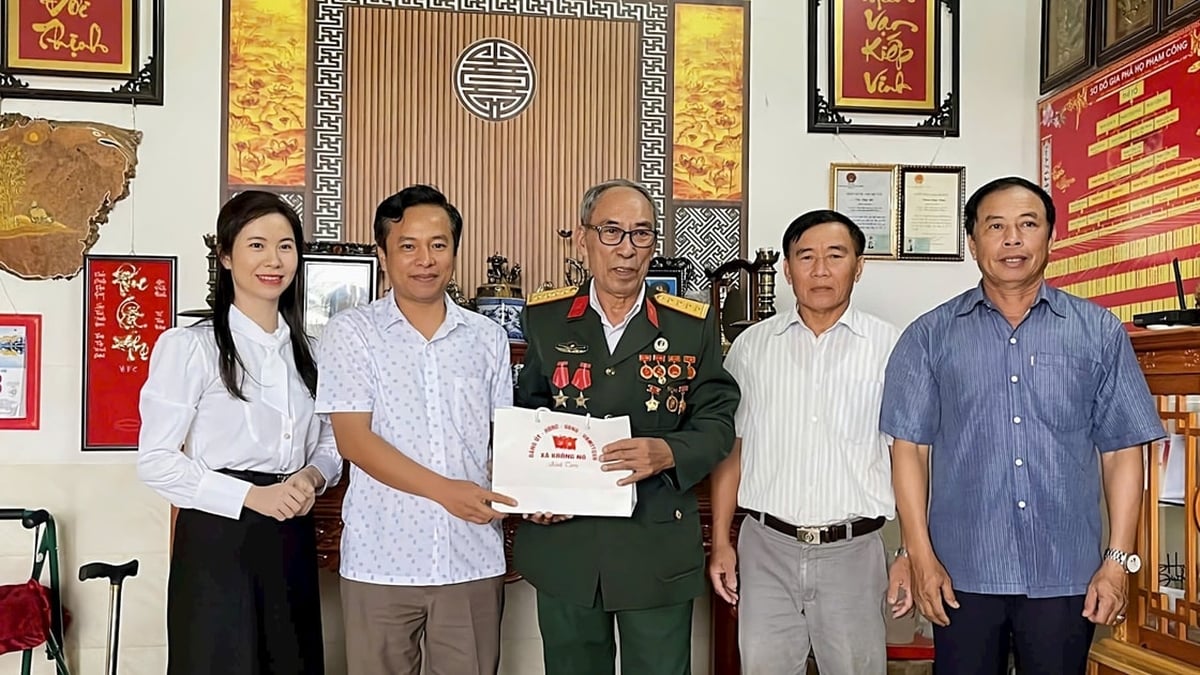
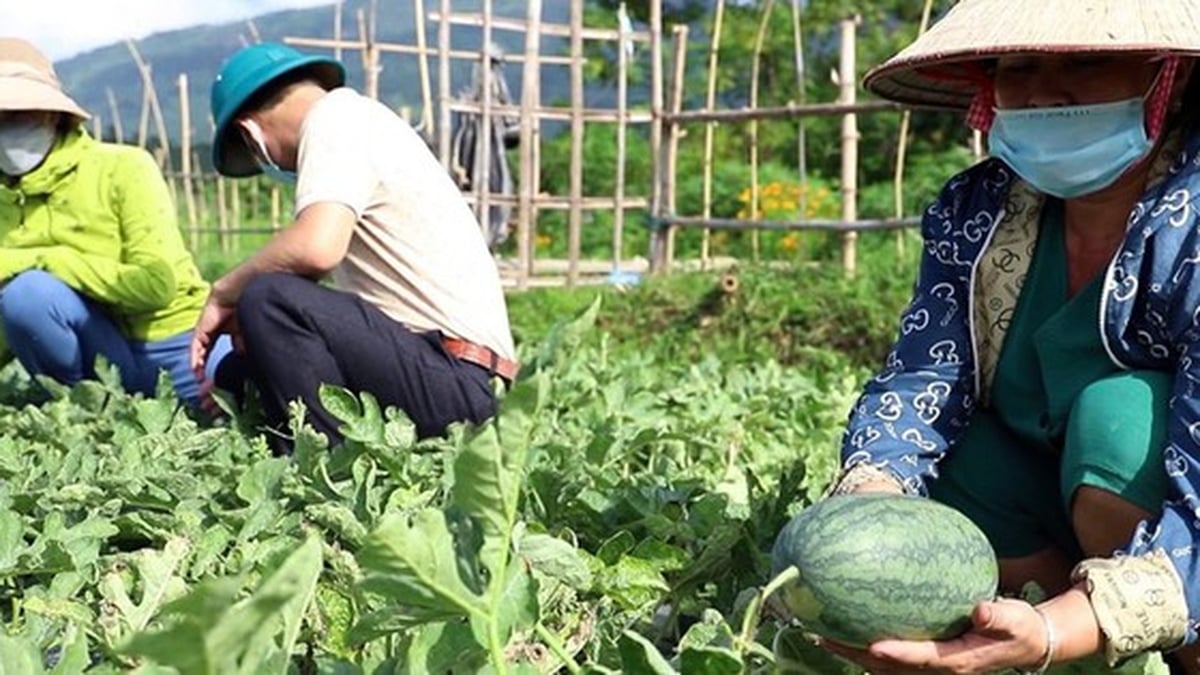









































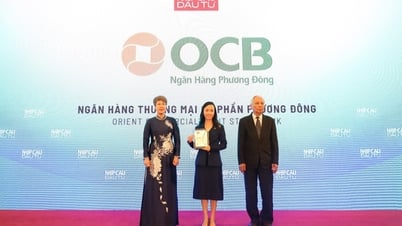

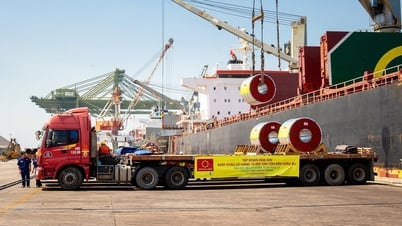





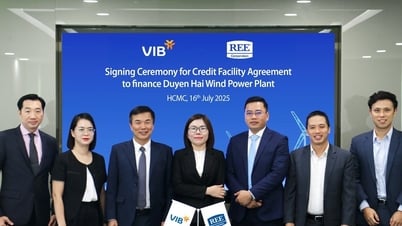

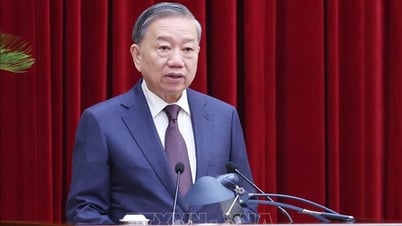

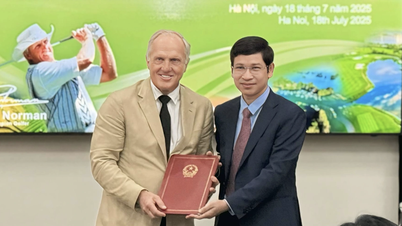

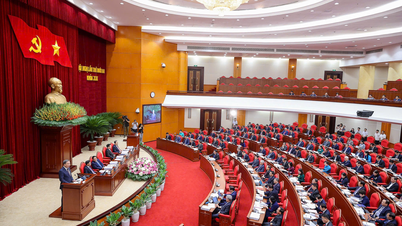




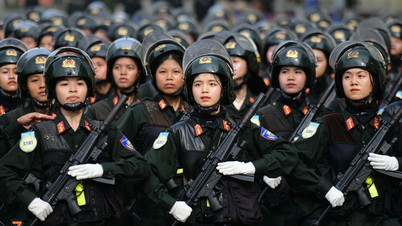
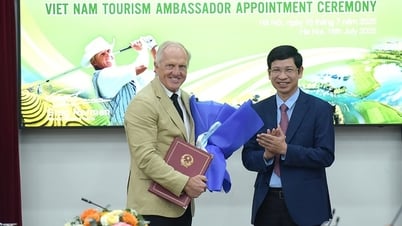

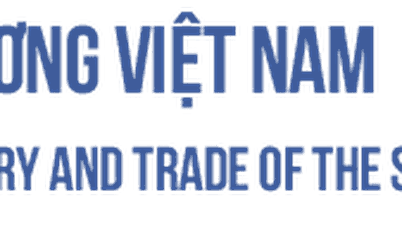

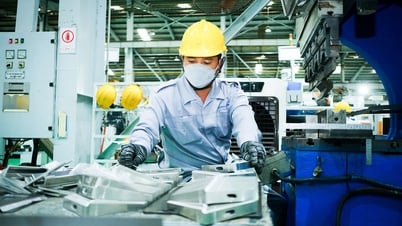

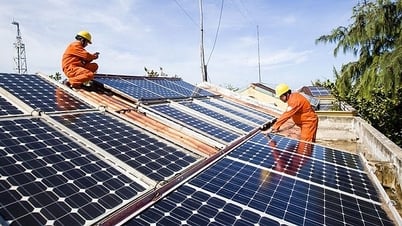
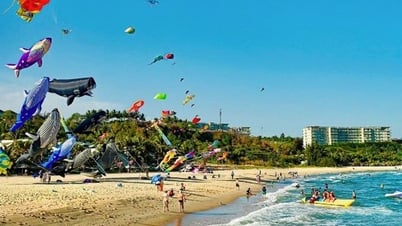








![[Infographic] In 2025, 47 products will achieve national OCOP](https://vphoto.vietnam.vn/thumb/402x226/vietnam/resource/IMAGE/2025/7/16/5d672398b0744db3ab920e05db8e5b7d)













Comment (0)